
A Look at Five Years of NITA-U's Regional Communication Infrastructure Program
After securing financing from the World Bank in 2016, the government of Uganda started implementing the Regional Communications Infrastructure Program (RCIP) to transform public service delivery in Uganda using ICT in order to improve the lives of Ugandans.
According to NITA-U, the project is coming to its end with a closure roadmap that will run for two months with different activities set to happen in all regions of the country which will calumniate into a grand closure and e-services exhibition in Gulu on August 31.
"Regional activities are meant to create more awareness of available government services as well as project’s achievements," reads an official statement.
Under RCIP, NITA-U has registered significant progress over the five-year period with a 100% project completion of all set project activities.
The highlights of the major achievements include the following:
1. Extension of the geographic reach of broadband connectivity across the country with 764km of Optical Fibre Cable added on to the government National Backbone Infrastructure (NBI), additional 842km of Optical Fiber was extended under missing links which covered West Nile.
A total of 725 additional MDAs/DLG sites and target user groups have been connected to the National Backbone Infrastructure (NBI), installation of additional 300 Wi-Fi sites across major cities and towns across the country and greening of 25 NBI transmission sites completed with all sites connected to solar energy.
2. Lowering of prices for international capacity, reduction of the cost of internet bandwidth for the government has reduced from 300USD per Mbps per month in 2016 to 70USD per Mbps per month which has translated into a competitive advantage, with internet pricing being 56% cheaper when benchmarked against the regional pricing and therefore more affordable for Uganda.
3. Government SMS/USSD Gateway has also been developed as a shared platform for dispatch bulk SMS by different government Ministries, Departments and Agencies (MDAs). This e-service had been provisioned to 32 MDAs utilizing a total of 22 services.
4. The Digital Authentication and Electronic Signatures solution (Ug-Pass) has been developed and engagements with MDAs and private sector (banks) to integrate their respective e-services onto the platform are already ongoing.
5. Whole of Government System Integration Platform has been developed and a total of 80 entities have been integrated onto the Government Systems Integration Platform (UG-HUB). These include MDAs and banks; they can now seamlessly share data across this Platform which has increased efficiencies and timeliness in public service delivery across Government enabling ease of access of information and digital payments.
7. Centralized Hosting for the government as part of the rationalization of ICT services across.
Links
- 268 views


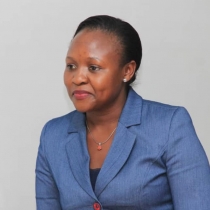



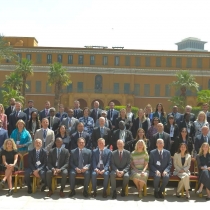
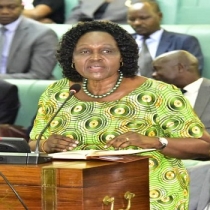
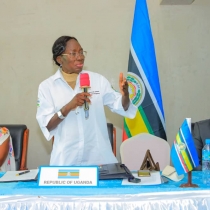

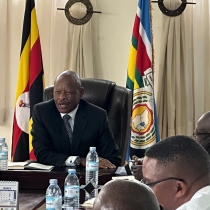


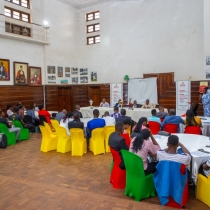










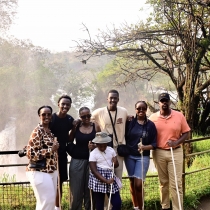














Join the conversation